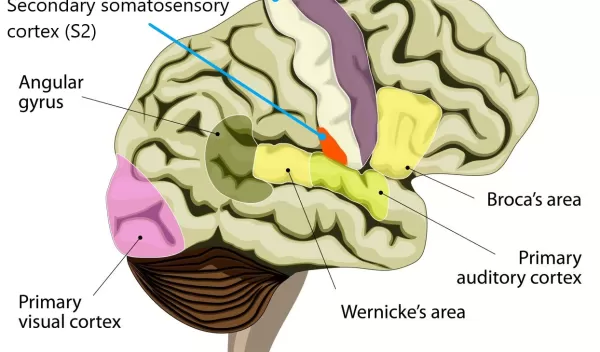
How a memory game could help us understand brain injury
After a traumatic brain injury, why do some people regain skills quickly while others face long-lasting setbacks? Boston University neuroscientist Jerry Chen of BU's Center for Systems Neuroscience and colleagues have been trying to answer this question by understanding which parts of the brain process sensory information and which remember different skills.
The latest research from his lab, supported by funding from the National Science Foundation and published in Neuron, could help us determine which abilities are particularly difficult to recover after a traumatic brain injury -- likely because these skills are represented in only one area of the brain -- and which are more resilient.
To examine the function of two brain areas that process information about sensation of touch and memory of previous events, the researchers used a memory game in which mice had their whiskers stimulated. Chen wanted to see whether the areas known as S1 and S2 both processed the same information (distributed processing) or whether each area had specialized, independent roles (localized processing).
The researchers observed the mice's brain activity during the game to see how areas S1 and S2 affected the mice's skills. Additionally, the researchers used optogenetics, a genetic engineering method that allowed them to selectively activate groups of brain cells in areas S1 or S2 using light.
The researchers found that areas S1 and S2 of the mice's brains do much of the same processing, frequently sending information back and forth between them. But they also observed that the two brain areas carried out some specialized roles. S1 seemed to be more involved in processing immediate sensory information, making sense, for instance, of how the mice's whiskers move in real time, whereas S2 seemed to help mice recall past events -- what happened in the first round of the game.
Chen says the findings suggest that areas S1 and S2 are wired differently, with the connections between cells within area S2 being stronger than the connections between cells within area S1. Chen speculates that the stronger connections within S2 relate to the area's role in recalling the past. Together, the localized and distributed processing roles of areas S1 and S2 contributed to the mice being able to correctly play the game.
The team's experimental observations could represent the same kind of tactile information processed by human hands.
Before these findings can help humans seeking to regain skills after traumatic brain injury, Chen says there's still a lot of research to be done. The volume of a human brain is so much greater that humans might have more regions that carry out localized processing. Or, the opposite could also be true, he says: "Because [we have] a larger brain, there are a lot more connections, so we might have just as much distributed power as a mouse -- or more."


